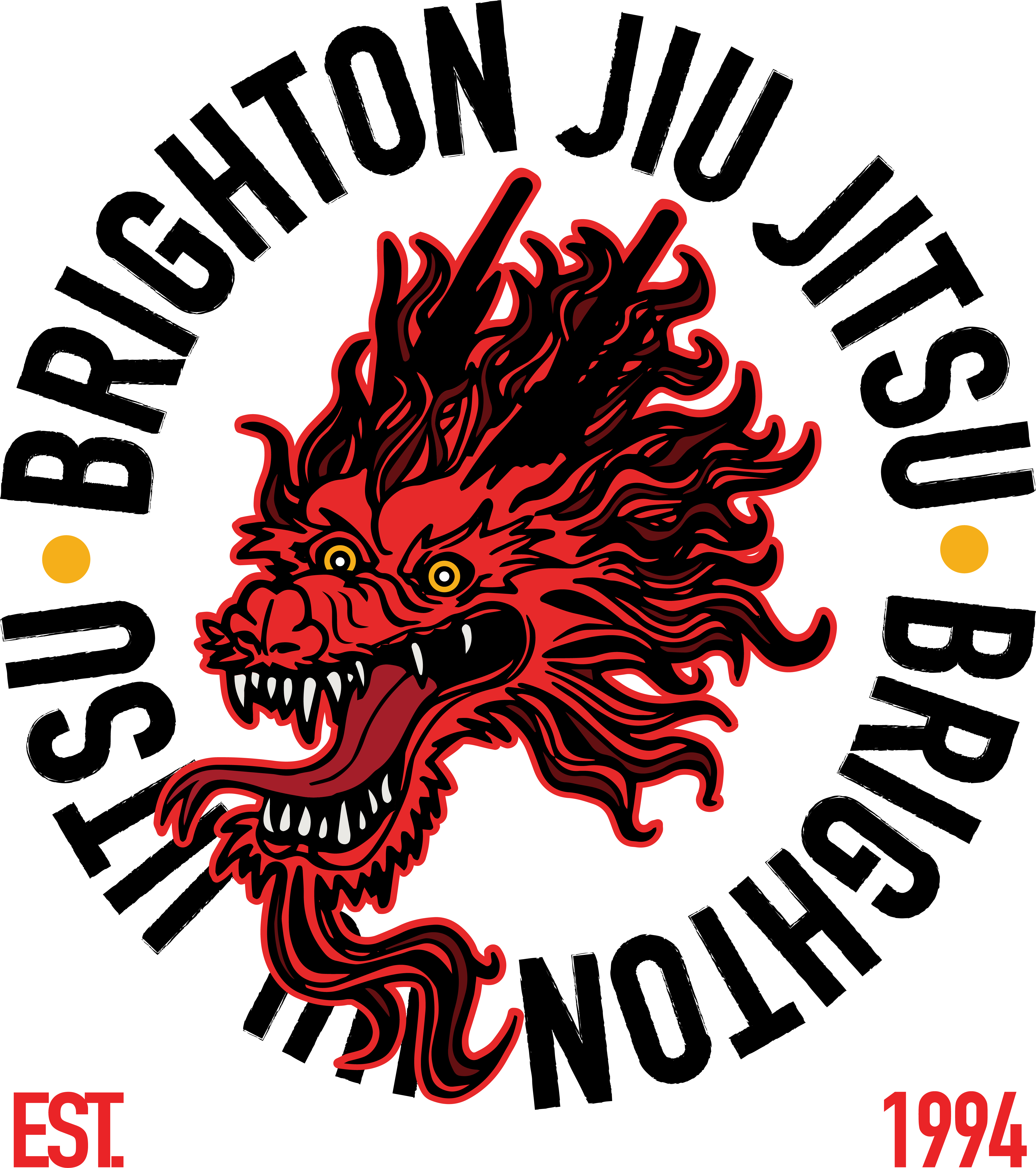What is Jiu Jitsu?
Jiu Jitsu, often referred to as the “yielding art,” is a dynamic martial art that evolves from the traditional Jiu Jitsu styles of medieval Japan. It encompasses a comprehensive system of throws, joint locks, and strikes. As a form of personal development and self-defense, Jiu Jitsu training enhances strength, fitness, flexibility, coordination, and posture. It’s based on the principle of redirecting an aggressor’s energy against them, making it suitable for individuals of all ages to manage various aggressive scenarios, from harassment to armed assault.
Why Practice Jiu Jitsu?
Many practitioners report that Jiu Jitsu boosts their self-esteem and confidence. The advanced levels of training offer rigorous challenges that promote extraordinary levels of physical and mental discipline. As you advance, you’ll master defensive techniques against various attacks, including those with bottles, sticks, knives, and swords. Beyond self-defense, Jiu Jitsu is an enjoyable activity that fosters camaraderie, with a lively social scene extending beyond the dojo.
Our Jiu Jitsu Teaching Philosophy
Our club focuses on various forms of Jiu Jitsu, rooted in the unarmed combat techniques of the samurai. Unlike Brazilian Jiu Jitsu, our emphasis is on stand-up combat, preparing students to face multiple armed assailants. We’re proud members of The Jitsu Foundation — Great Britain’s premier single-style Jiu Jitsu organization with approximately 3,000 members and 100 clubs nationwide, plus international affiliates. Our lineage traces back to Japan through Australia and Shihan Matthew Komp, a 10th dan Jiu Jitsu master, with ties to the prestigious Kodokan.
Even More Jitsu History
The Evolution of Jiu Jitsu: From Samurai to Modern Day
Jiu Jitsu’s tale is one of resilience and adaptability. Originating from the battle-hardened samurai of feudal Japan, it was the art of survival when all else failed—no weapons, no armour, just the warrior and their wits. This martial art flourished during Japan’s internal conflicts in the 1600s, evolving into a formidable system of combat.
Jiu Jitsu: The Mother Art of Gentle Combat
It’s said that necessity is the mother of invention, and Jiu Jitsu is no exception. Developed for dire situations, it gave rise to other martial arts like Judo and Aikido. Judo, crafted by Kanō Jigorō, emphasized throws and groundwork, while Aikido, founded by Morihei Ueshiba, focused on harmony and fluidity—both retaining the essence of Jiu Jitsu’s adaptability. and more recently with the popular Brazilian jui jitsu or BJJ that focuses mainly on ground fighting.
A Legacy of Global Influence
While Jiu Jitsu is undeniably linked to the samurai, its influence extends far beyond Japan’s shores. The art’s principles have been shaped by a myriad of global contributions, making it a melting pot of martial wisdom. The quest for the ‘first punch’ may be a philosophical one, but Jiu Jitsu’s journey from past to present is a testament to the shared human spirit of martial excellence.

